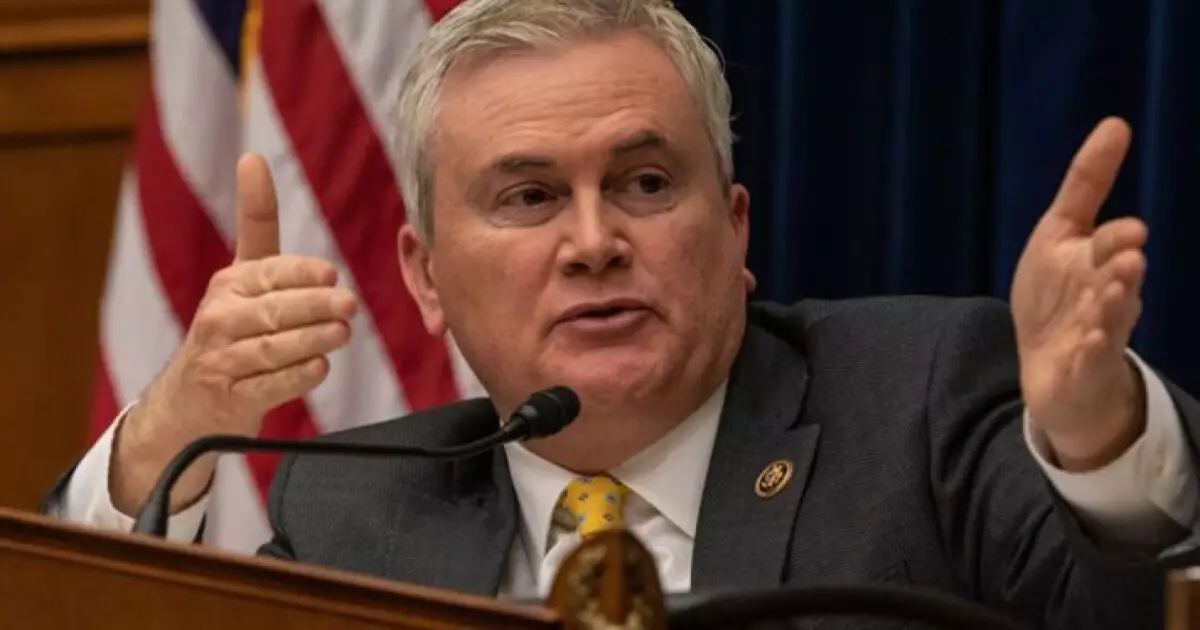The recent decision by the U.S. Supreme Court to overturn the Chevron doctrine has sparked a wave of concern among House Republican leaders. The ruling, which redefined the relationship between federal agencies and the courts, has prompted a review of the Biden administration’s environmental, social, and governance regulations.
House Transportation and Infrastructure Committee Chair Rep. Sam Graves and Rep. James Comer, chair of the House Oversight Committee, have taken the initiative to investigate the potential impacts of the Supreme Court’s decision on federal agency rules. In letters sent to Transportation Secretary Pete Buttigieg, Homeland Security Secretary Alejandro Mayorkas, and Environmental Protection Agency Administrator Michael Regan, they have requested information on rules, actions, or decisions that could be affected by the ruling.
The House Republican leaders expressed concerns about the Biden administration’s extensive use of major rules that impose significant costs and paperwork burdens. They highlighted the aggressive interpretation of statutes by federal agencies, particularly in the areas of climate, energy, environment, and social and governance agendas. The decision in Loper Bright v. Raimondo has brought into question the validity of these interpretations, leading to calls for greater transparency and accountability in rulemaking.
The 40-year-old Chevron doctrine, which mandated deference to federal agencies’ interpretations of ambiguous laws, has been upended by the Supreme Court’s ruling. This landmark separation of powers decision shifts the responsibility of interpreting statutes back to the federal courts, limiting the authority of government agencies in shaping regulations. Experts anticipate a surge in litigation challenging existing regulations and guidelines as a result of this decision.
Moody’s Investors Service has warned of a potential increase in legal challenges following the Supreme Court ruling. The uncertainty created by the decision is expected to create a turbulent transitional period, particularly in the realm of climate regulations. Federal agencies like the Environmental Protection Agency may face challenges in addressing environmental issues due to their reduced regulatory powers. This could have implications for existing regulations related to greenhouse gas emissions and drinking water quality.
The implications of the Supreme Court’s decision extend beyond the EPA, affecting other regulatory bodies like the Securities and Exchange Commission. The ruling may lead to a reversal of recent climate-related disclosure rules and a general weakening of agency power in the absence of new legislation. This shift in the balance of power between federal agencies and the courts is likely to have far-reaching consequences for the regulatory landscape in the coming months and years.

